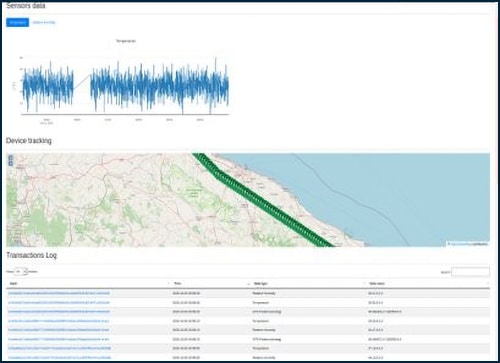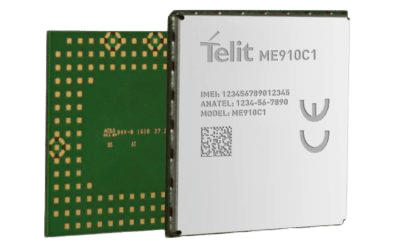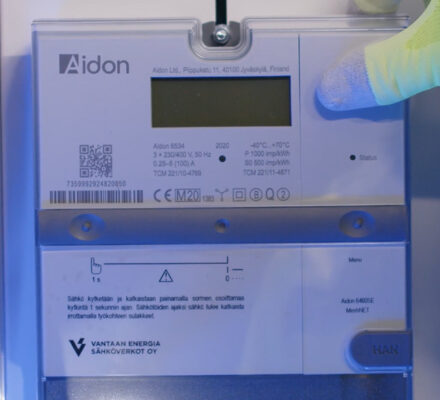
Italian-based Foodchain SpA provides scalable traceability services for worldwide food supply chains using blockchain technology. Blockchain enables customers to track and trace materials and products for a transparent food supply chain. This transparency is accomplished by creating a “digital passport” of a physical asset.
Foodchain’s traceability system enables a level of data security comparable to banking systems. It allows data sharing and consultations with them via the internet. Foodchain’s decentralized application (dApp) is powered by Quadrans — an open-source, public, decentralized blockchain infrastructure. The dApp enables the digital traceability and authentication of products. It provides complete transparency for every step, from farm to fork.
The Challenge in Tracking the Supply Chain
Today, IoT applications are spreading wider and faster. This trend is expected to grow over the years and cover various application fields. Most of today’s IoT systems rely on private and centralized infrastructures in which devices are used to log data for post-processing or long-term storage. This architecture, however, has some drawbacks in terms of technological and information integrity and authenticity. In particular:
- Centralized systems may become a single point of failure. Technical malfunctions and cyberattacks can render the entire system unavailable or break it down completely.
- IoT devices generally gather field data and send it to a central database for storage. The data can be corrupted by external attackers or internal malicious actors interested in changing or hiding a particular event’s occurrence.
- Interconnecting various systems from several vendors over the same business process (e.g., supply chain) can be challenging due to infrastructure differences and data disjointedness.
The integration of IoT systems with a public blockchain infrastructure guarantees:
- Data Replication and Immutability
Data written in the blockchain is replicated in every peer-to-peer (P2P) network node. It is immutable because of the cryptographic mechanisms upon which the technology is built (e.g., hash-chaining, decentralized consensus, ECDSA, etc.).
- Data Integrity and Authenticity
Every actor writing data into a public blockchain, even IoT devices, must perform a digital signature over the data using asymmetric cryptography. Once signed, none can alter the data, even during the data-transport phase. Otherwise, the network will reject the transaction. Moreover, such digital signature mechanisms introduce data authenticity and non-repudiation proprieties.
- Interaction with dApps
IoT devices able to interact with a blockchain infrastructure can be easily integrated with smart contracts and dApps, following the philosophy of Web3.
- Interconnection between Several Actors
Using a common decentralized ledger allows interoperating entities to collaborate and share information without relying on each other’s infrastructure or the need for trust.
The Telit Solution
In many cases, IoT devices must be placed in remote environments without wired or wireless internet access. Foodchain selected Telit for its specialized and reliable module that provides a robust internet access interface to its device.
Blockchain-Enabled IoT (BLEND-IoT)
Telit features that integrated BLEND-IoT to Foodchain are:
- AppZone software development kit
- Secure APIs developed over a trusted execution environment (TEE)
- Easy AT, which allows customizing and extending the AT interface
The blockchain interaction features have been developed thanks to Telit AppZone SDK as an extension of standard commands for a turnkey solution.

Telit is focused on security and provides secure API over TEE with top-notch security libraries and protocols. Easy AT, part of Telit’s AppZone software enablement offering, allows AT command customization and interface extension.
Telit also provided its premium IoT connectivity service. Either physical SIMs or virtual embedded SIMs (eSIMs) with Telit simWISE™ can be used in the ME910C1.
BLEND-IoT is being used in a proof-of-concept (POC) application. The POC aims at registering Quadrans’s blockchain information about the frozen food product cold chain into the immutable ledger. The device has been installed into a refrigerator truck for logging the GPS position, temperature and humidity along a path of 800 km from Lecce to Milan, Italy.
BLEND-IoT has also been used in other POCs, such as:
- Implementing a blockchain-ready POS device that can securely implement token transfers in payment and micropayment applications (e.g., vending machines, closed payments circuits, etc.)
- Water quality monitoring and certification
- Smart metering applications
- Logging of production environment conditions and machine power consumption in textile manufacturing industries
BLEND-IoT can also be implemented in other Telit devices compatible with Telit’s AppZone SDK
The Results
By combining the BLEND-IoT software stack with Telit’s ME910C1 module, any IoT system integrator or OEM designer can integrate cellular connection and blockchain direct interaction. Integrating IoT devices with Quadrans’ blockchain infrastructure enables dApps that can rely on secure data sources from the real world, empowering the digital twin model.

“Thanks to BLEND-IoT, it is now possible to easily and seamlessly integrate IoT devices in dApps built upon Quadrans’ infrastructure.”
Fabio Fiori, CryptoBoard Member, Quadrans


